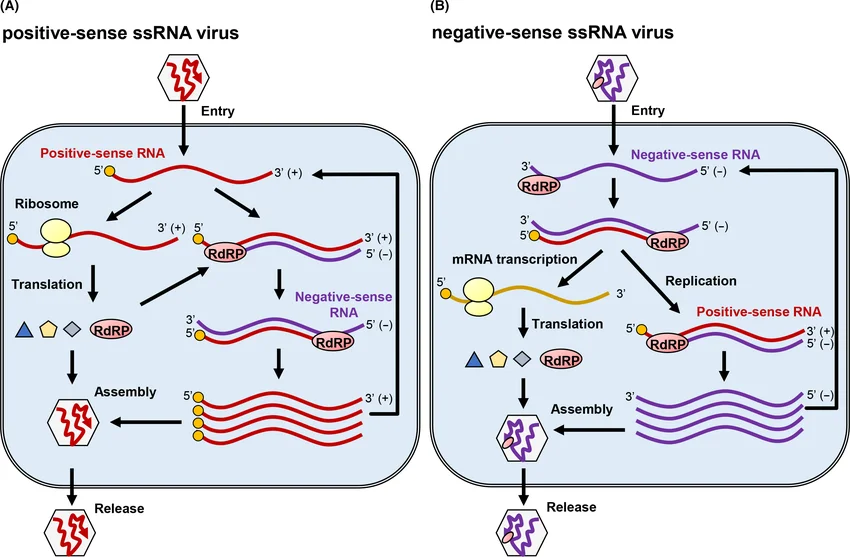Cellular classification provides a framework for understanding life, but exceptions exist. This section explores viruses and viroids, entities blurring the lines between living and non-living. Viruses, obligate parasites, require a host cell for replication, while viroids, even simpler, are infectious RNA molecules dependent on plants.
Deviation from Basic Cell Types
- Virus(means poisonous fluid): These are obligate parasites inert outside their specific host cell.
- Virions: The main difference between a virus and a virion is that a virus is the nucleoprotein particle, whereas a virion is the active, infectious form of the virus.
- Viroids: These are infectious agents that consist only of naked RNA without any protective layer, such as a protein coat.
- These infect plants (but no other forms of life) and are replicated at the expense of the host cell.
- Viroid genomes are small single-stranded circles of RNA that are only 250–400 bases long.
- Lichens: Lichens are symbiotic associations (mutually useful associations) between algae and fungi.
- The algal component is known as phycobiont, and the fungal component is mycobiont, which are autotrophic and heterotrophic, respectively.
- Algae prepare food for fungi, and fungi provide shelter and absorb mineral nutrients and water for their partners.
- Lichens are very good pollution indicators- they do not grow in polluted areas.
Difference between Positive-sense single-stranded and Negative-sense single-stranded RNA viruses
| Positive-sense single-stranded RNA virus |
Negative-sense single-stranded RNA virus |
- In the host cell, the positive-sense RNA of these viruses is directly translated into viral proteins.
- Their RNA is 5’ to 3’, the same as the host mRNA.
- Since the host ribosome moves from 5’ to 3’ for translation, the positive-sense single-stranded RNA is directly used for protein synthesis.
|
- These viruses contain negative-sense RNA as genetic material.
- Their RNA is not readable by the host ribosome.
- First, the negative-sense RNA (3’ to 5’) is converted into positive-sense RNA (5’ to 3’) by virus RNA-dependent RNA polymerase.
- The positive-sense RNA then functions as mRNA and is translated into protein by the ribosome.
|

Conclusion
Beyond single cells, fascinating partnerships emerge. Lichens, a symbiotic association of algae and fungi, exemplify this intricate dance. Understanding these deviations from basic cell types broadens our knowledge of the diverse and interconnected web of life on Earth.
![]() May 28, 2024
May 28, 2024
![]() 761
761
![]() 0
0
